The shapes of this enamelled earthenware umbrella stand brings light to play on the pink and blue enamel that covers the earthenware: not a single flat surface , only curves, hollows, protrusions, which are all movements playing with light. The realization of this object seems to be a real tour de force: resting on a base, it soars in height, offering to the view as many openwork parts as solid parts. In the upper part, a man's face is emerging. By its color and its forms, this object seems to evoke the natural element, then very fashionable in the achievements of Delphin Massier. In a catalog of Delphin Massier's productions (dating from 1908, a year after his death and reproducing the works that made him famous), we find a very similar umbrella stand (n° 1110). Thus, we can affirm at Delphin the constant quest for new forms, the important work delivered on each object which, far from being only utilitarian, becomes a real artistic ceramic. Delphin Massier was part of a dynasty of potters, settled in Vallauris. This family introduced in this city a real ceramic art. It was his grandfather, Pierre Massier (1707-1748), designated as "master potter on the ground", who was the first of this line of ceramists. In its early days, the Massier workshop oriented its research towards the manufacture of utility parts for local customers. But quickly, the Massiers seek to innovate, by creating artistic ceramics. This new production was born in 1859, with the arrival in the workshop of Jacques Massier, father of Delphin, of an Italian native of Bologna, Gandolfi Gaetano. The various written sources agree on the determining role of this Italian in the evolution of the studio and in the artistic training of Delphin and his brother Clément. He will introduce them to the manufacture of enamels, to the practice of plaster moulds, thus making it possible to edit pieces in small series, and finally to the manufacture of the first vases of neo-classical inspiration. Gandolfi Gaetano will also be at the origin of the introduction of a new decorative technique, enamelled earthenware, thus giving rise to a new production that is used sustainably, as illustrated by the umbrella stand that we present here. From then on, the Massier factory will take on more and more importance and will distinguish itself from local production by creating original models. Little by little, they will move towards exclusively artistic ceramics. If the various companies of Delphin, Clément and their cousin, Jérôme fils, do not know the extent of the large industrial earthenware factories of the 19th century, they nevertheless stand out from the family workshop with an artisanal vocation. They employ a relatively large staff, such as Delphin who, in 1897, employed 93 people. They will create a real commercial network hitherto non-existent in the region. This is how all of their works are first distributed through sales catalogs, thanks to which we were able to establish the attribution of this umbrella stand.



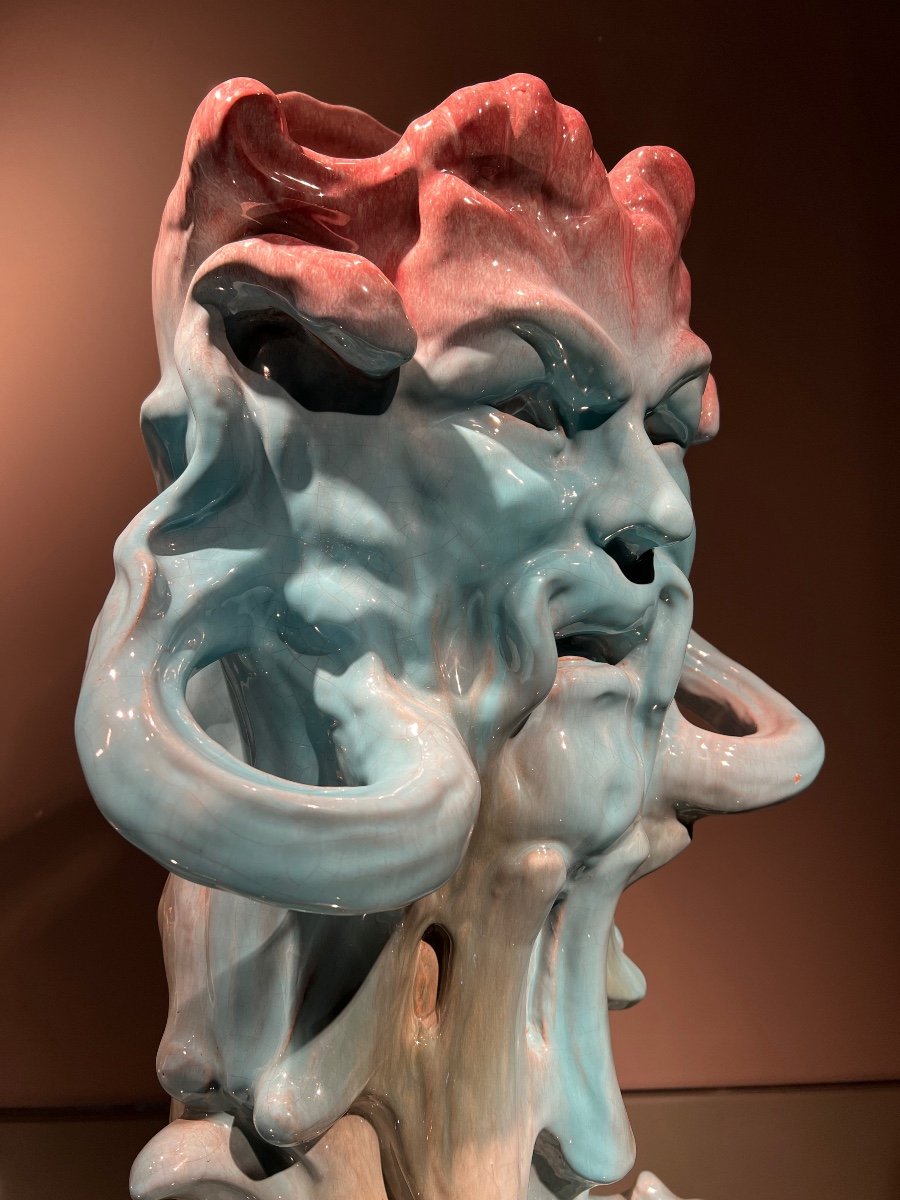


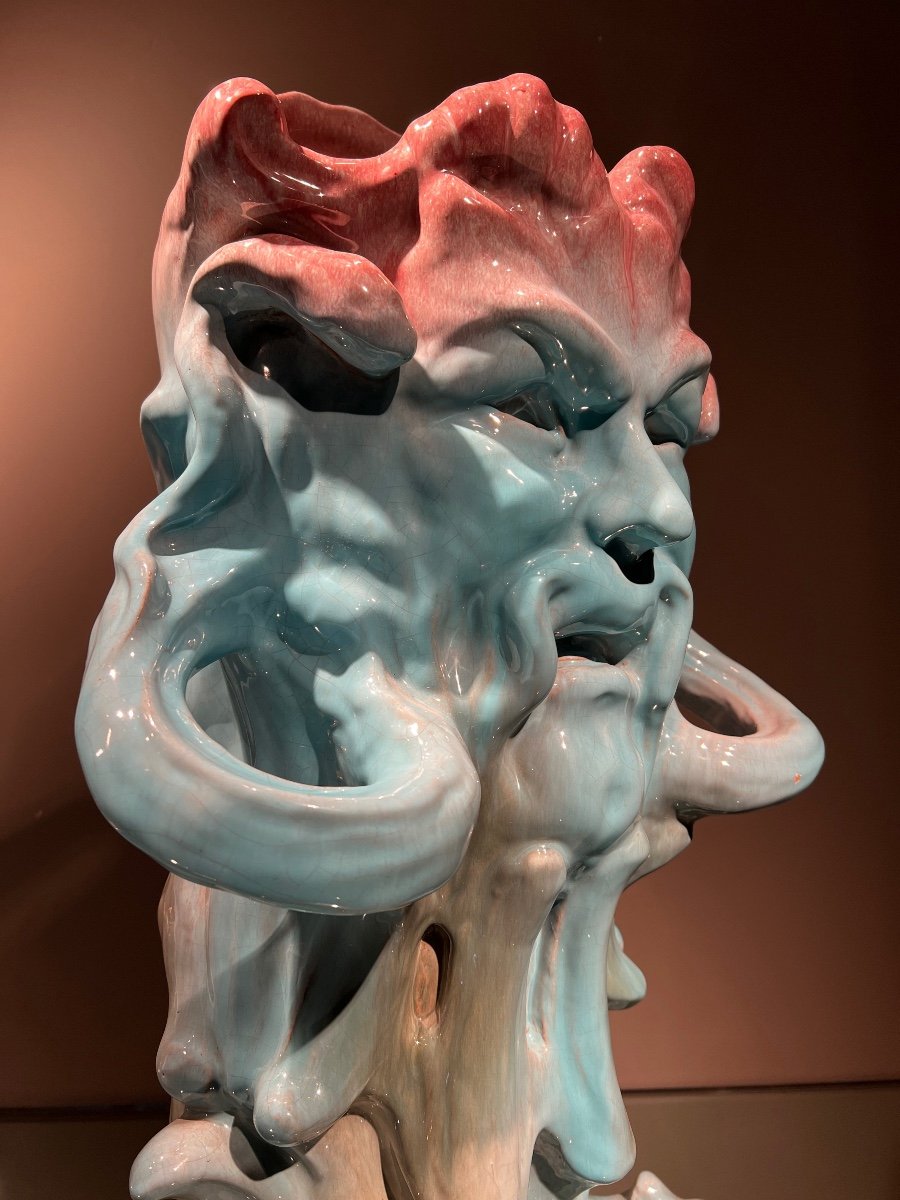
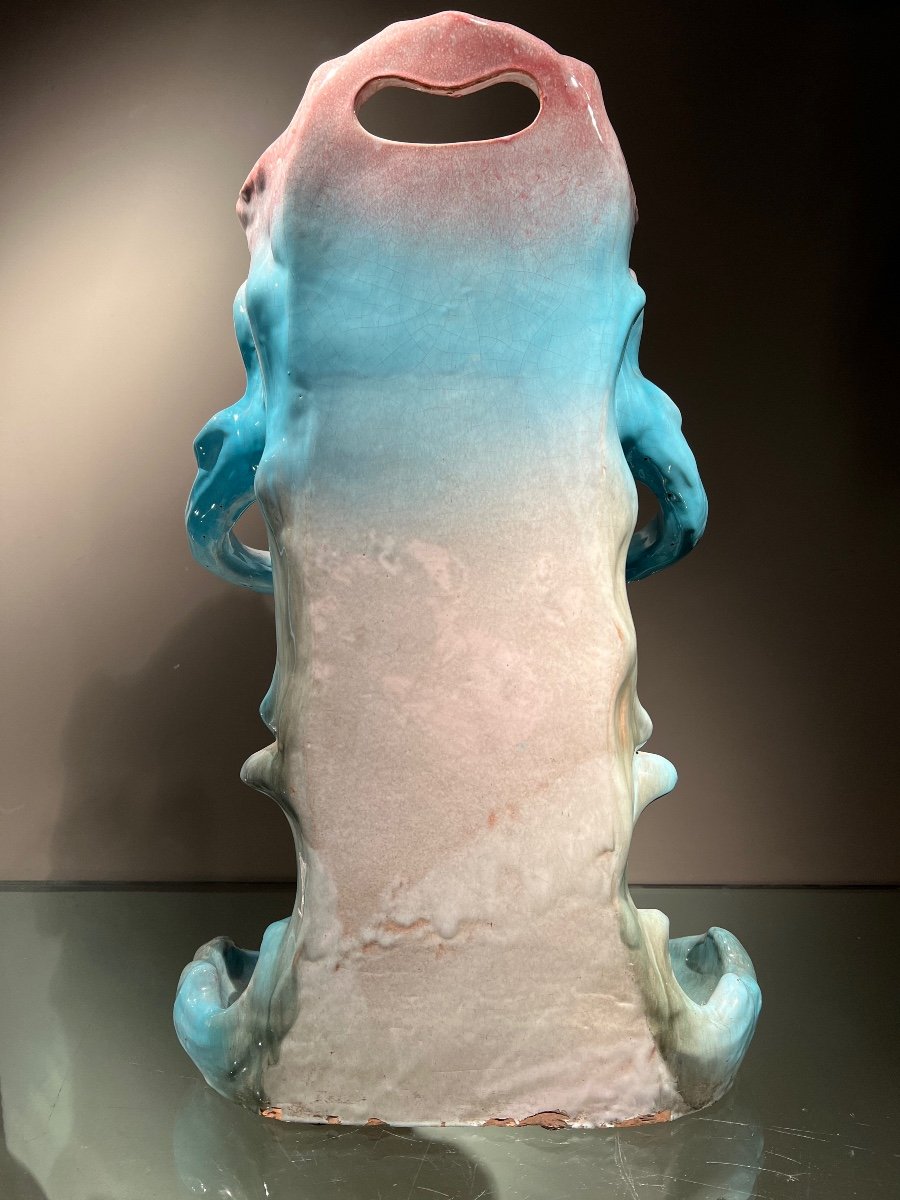


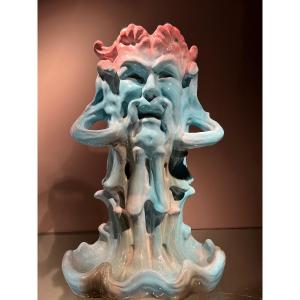











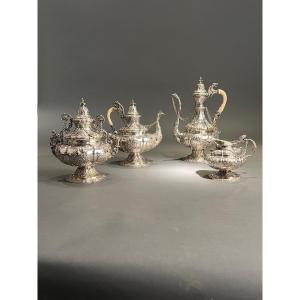





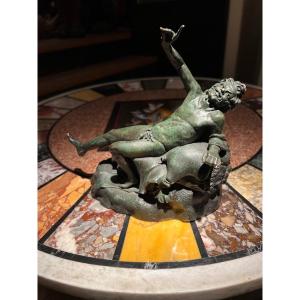









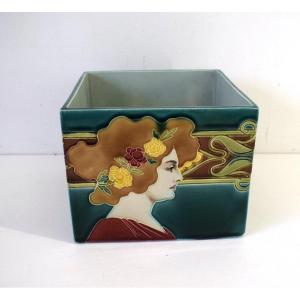



 Le Magazine de PROANTIC
Le Magazine de PROANTIC TRÉSORS Magazine
TRÉSORS Magazine Rivista Artiquariato
Rivista Artiquariato